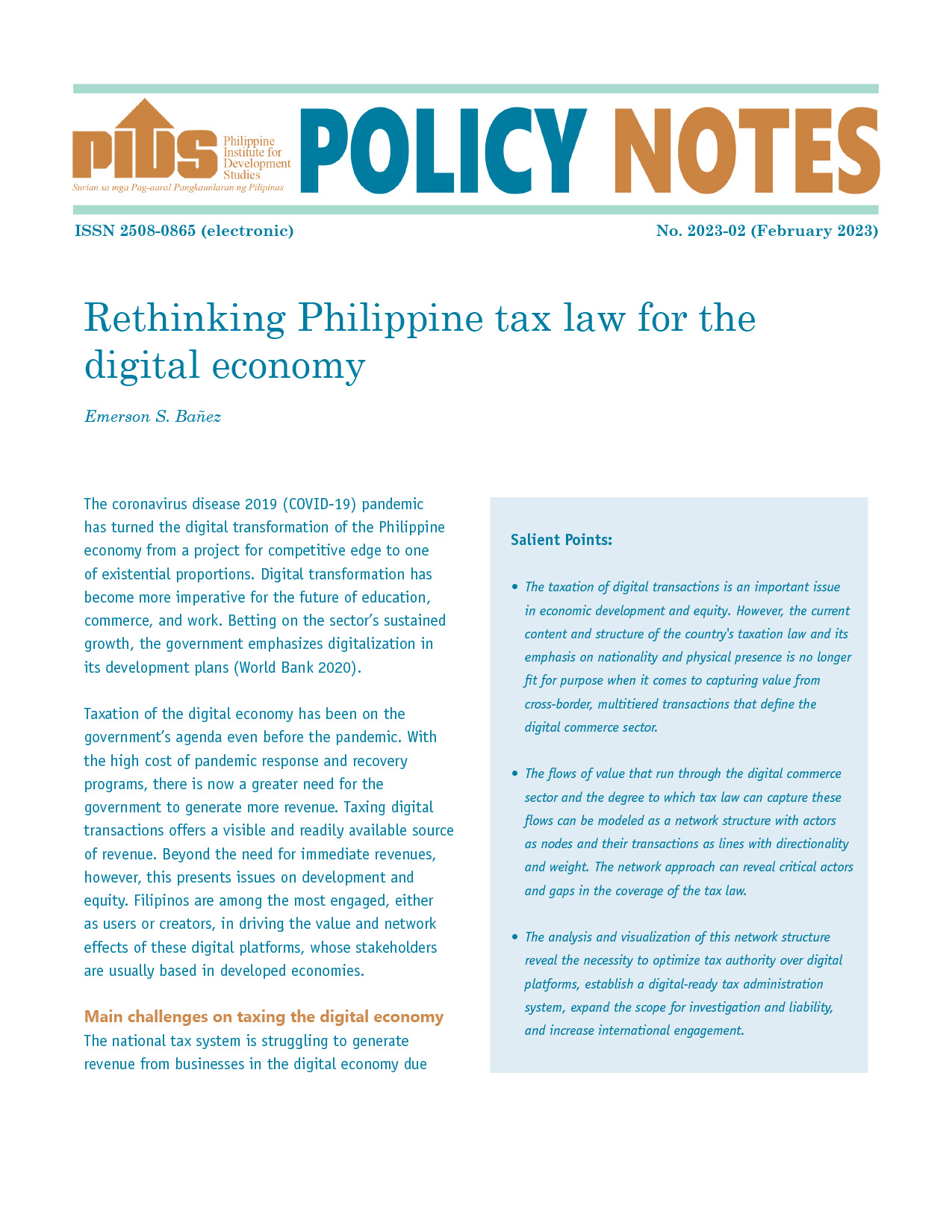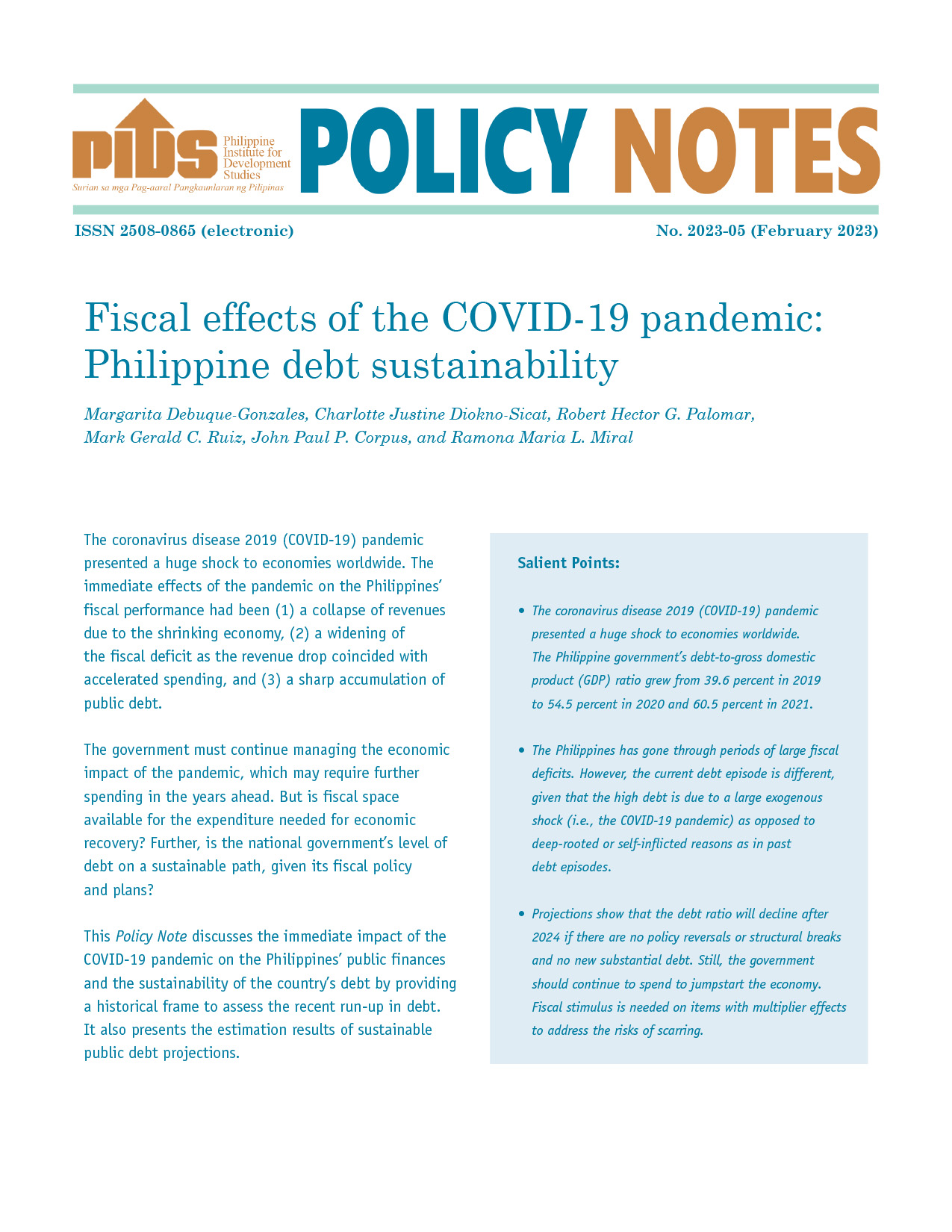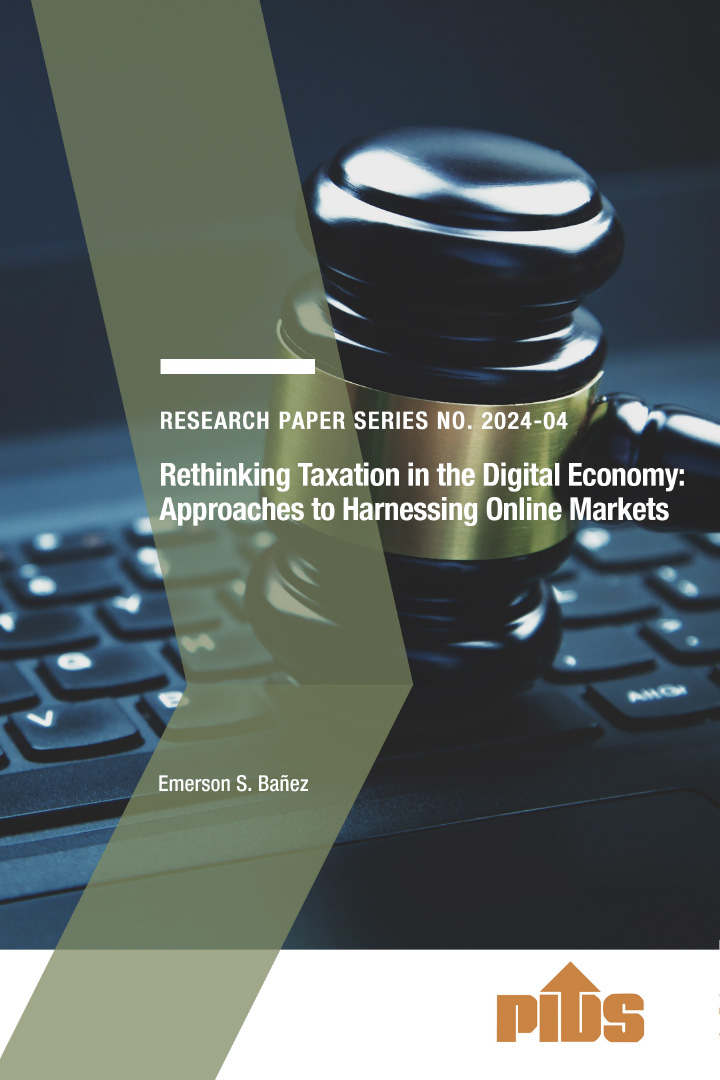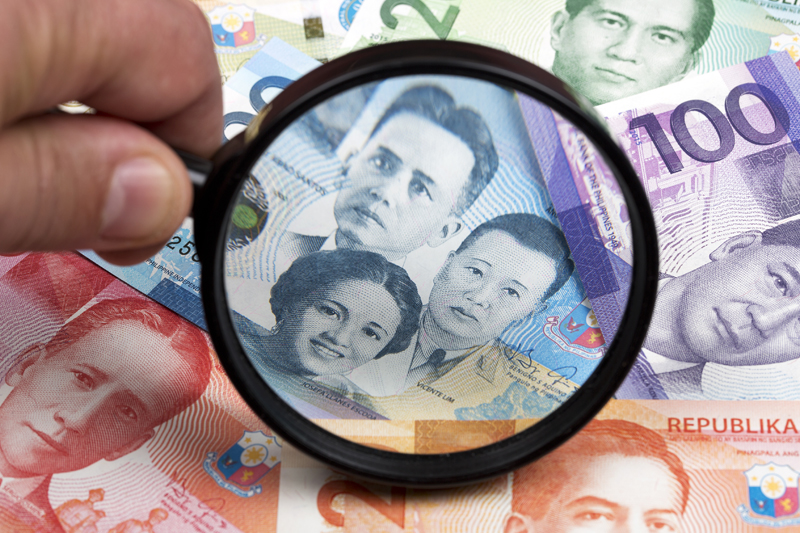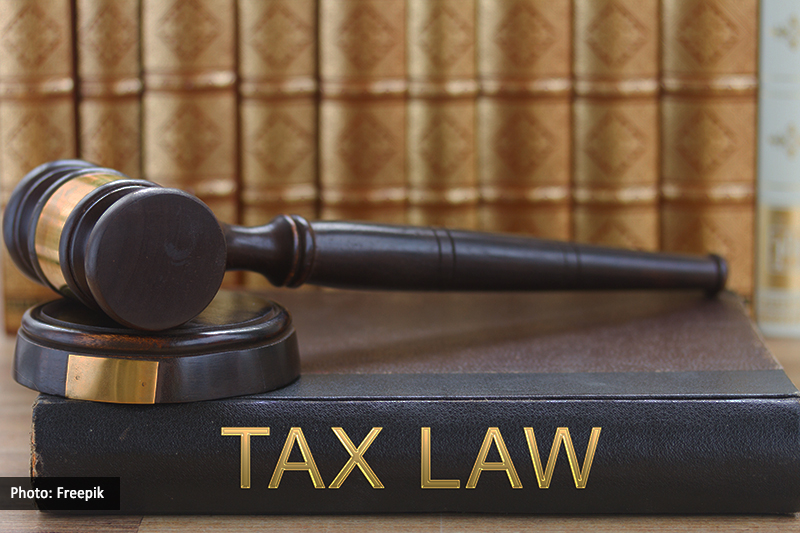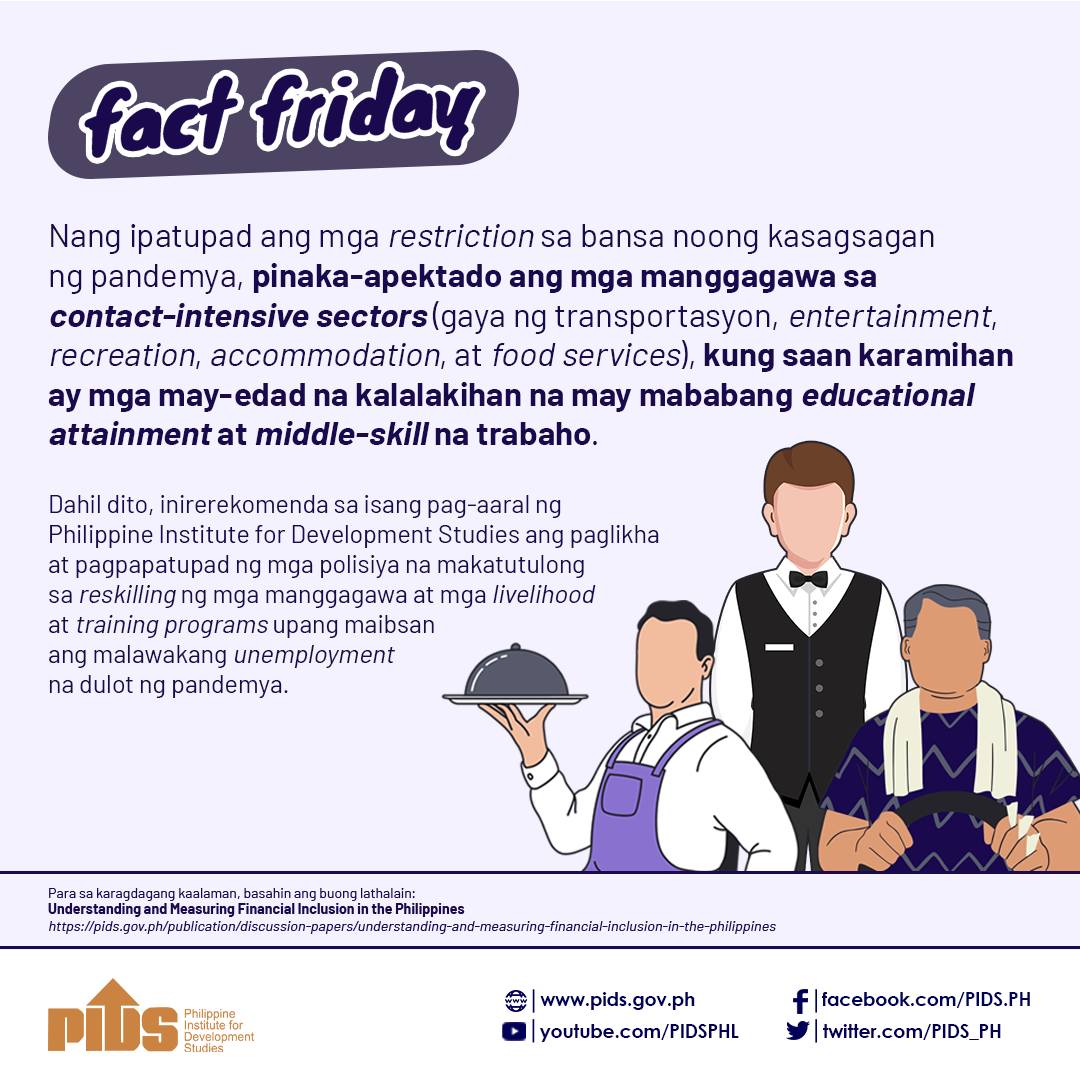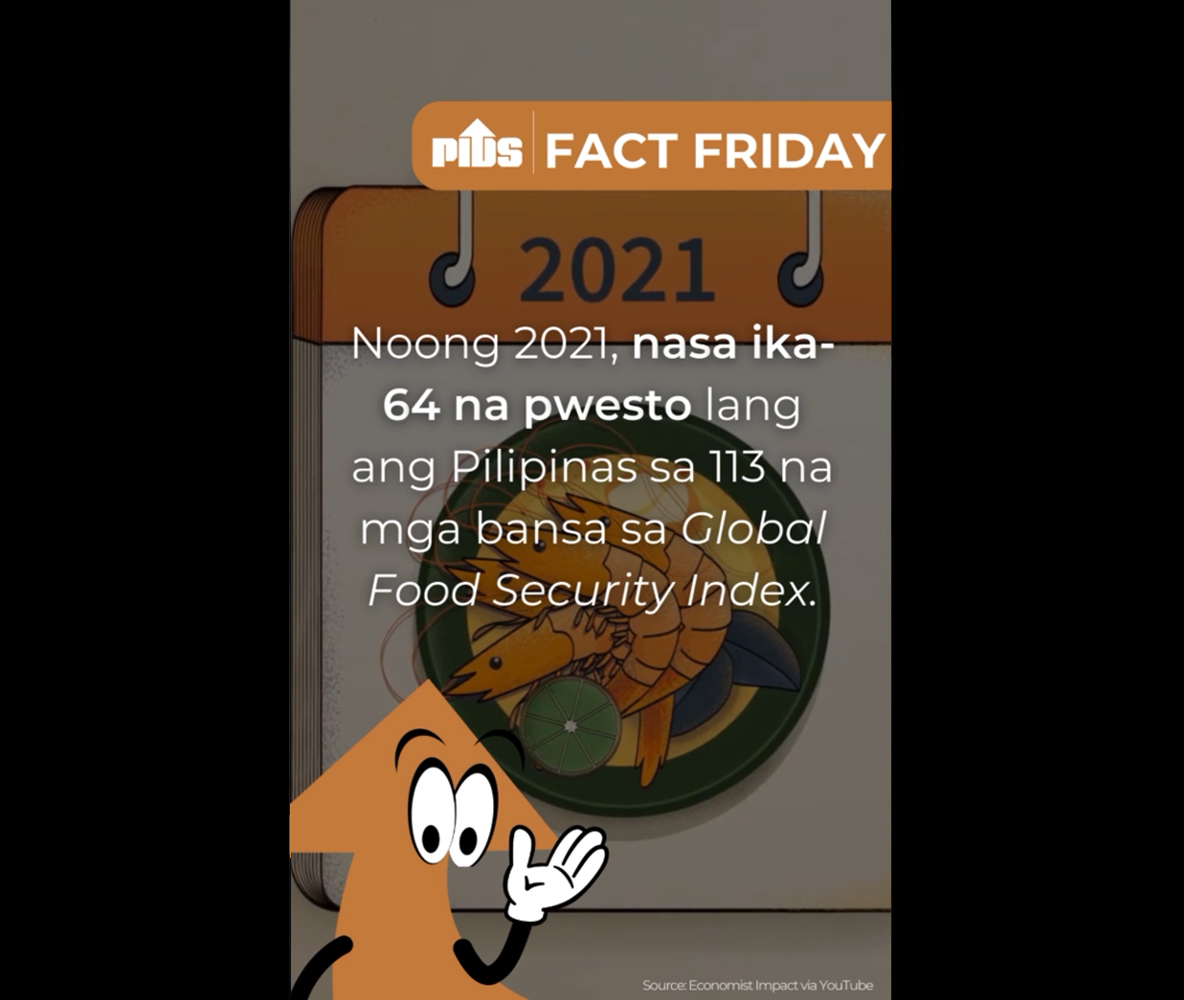ELEVATED food prices and the spike in oil prices will work in tandem to put pressure on inflation in the months to come, local economists said on Wednesday.
One economist said, however, that since the country is in a recession, a little inflation will not necessarily harm the economy.
Nonetheless, the Bangko Sentral ng Pilipinas (BSP) said it will remain watchful of price developments even after the country’s price growth recorded a steady pace in April.
The Philippine Statistics Authority (PSA) said inflation averaged 4.5 percent in April, the same rate recorded in March. This inflation rate, however, is higher than the 2.2 percent posted in April last year.
“Yes, I believe both food and oil will shove inflation in the coming months.
Food-related inflationary pressure will still be present because of possible supply disruptions and logistical issues,” University of Asia and the Pacific School of Economics Dean Cid L. Terosa told the BusinessMirror on Wednesday.
“Oil prices will exert upward pressure on inflation because better growth prospects in many countries around the world will fuel greater demand for oil in the coming months,” he added.
Unionbank Chief Economist Ruben Carlo Asuncion added that meat prices are expected to drive inflation. However, the increase in pork prices may be subdued once imports start arriving.
Further, Asuncion said “weather issues” between September and November could also increase commodity prices, particularly food. A series of disastrous storms in late 2020 had further dented an economy already walloped by the pandemic-induced lockdowns.
PSA data showed prices of food and non-alcoholic beverages increased 4.8 percent and accounted for 40.9 percent. This was driven by meat inflation nationwide which averaged 22.1 percent; fish, 6 percent; and other cereals, flour, etc. at 1.8 percent.
The oil price rally, Asuncion said, would also compound the Filipinos’ inflation woes as the global recovery gears up after more economies start recovering from the pandemic.
“It is likely that we have seen the peak. However, I do not want to discount the risk posed by higher global oil prices due to stronger than expected economic recovery in advanced economies,” Asuncion said.
Action for Economic Reforms (AER) Coordinator Filomeno S. Sta. Ana III thinks the real problem with food prices is the shortage of pork, and that imports of pork should be allowed to ease food inflation.
Sta. Ana said this will help given that “world commodity and food prices are also rising due to a combination of increasing demand in big countries that have economically recovered and supply bottlenecks.”
Former Philippine Economic Society President and BPI Lead Economist Emilio S. Neri Jr. told BusinessMirror that the global oil price rally could further increase the already elevated transportation costs.
The PSA data showed in terms of transportation, these commodities increased 17.9 percent and accounted for 32.1 percent of inflation in April. This was driven by higher tricycle prices at 48.4 percent; petroleum and fuels, 32 percent; and jeepney fares, 6.3 percent.
“Very likely [inflation to increase in the coming months]. Local petroleum prices bottomed in May 2020, so we will still have base effects for the balance of the second quarter of 2021,” Neri added.
Weak demand
Meanwhile, Ateneo Center for Research and Development (ACERD) Director Alvin P. Ang told the BusinessMirror that as long as food supply remains stable, inflation may be muted.
Ang said if there are no other shocks, the country may have already seen the highest inflation for the year.
This also takes into consideration the muted domestic demand given the weakness of the economy.
Ateneo Eagle Watch Senior Fellow Leonardo A. Lanzona Jr. agreed, saying the weakness of the economy is one of the strongest arguments for inflation to remain muted.
This remains true, Lanzona said, even if lean months for rice production are fast approaching and oil prices have recently increased.
“I don’t think inflation is the issue. If we are able to raise economic performance and create new jobs, a little more inflation is not going to be too bad. The concern should be on the current recession and unemployment, not on inflation,” Lanzona said.
“Government should be aggressively spending to reduce the negative impacts of the health crisis and the lockdowns. If that is going to cause inflation, so be it,” he added.
Philippine Institute for Development Studies (PIDS) Fellow Roehlano Briones agreed that weak domestic demand would temper inflation. At the rate things are progressing, domestic demand could recover next year.
Terosa said recovering domestic demand this year will greatly depend on the government’s ability to implement the vaccination program.
If the program proceeds according to plan, Terosa said the country could see domestic demand recovery some time in the last quarter of the year.
“To cushion the impact of inflation, the government can resort to non-monetary and indirect interventions such as expanding social services, stimulating self-employment opportunities, and assuring reliable and accessible health care and related services,” Terosa said.
Pork prices
National Statistician Dennis S. Mapa said despite the relative slowdown in food prices in April, pork prices remained elevated.
Data showed pork prices nationwide increased 57.7 percent in April 2021, higher than the 51.8 percent in March 2021.
In the National Capital Region (NCR) or Metro Manila, pork prices surged 68.5 percent in April, higher than the 54.4 percent posted in March 2021. However, this was still slower than the 72.2 percent posted in January 2021.
Mapa said pork prices in Areas Outside NCR (AONCR) increased 55.5 percent in April, faster than the 51.5-percent increase recorded in March 2021.
“We performed some analysis on the trend and meat inflation is expected to continue increasing. So in the next few months, unless there is an intervention, we see that this would continue to go up,” Mapa said.
Meanwhile, inflation in NCR remained at its previous month’s annual rate of 3.7 percent in April 2021. Inflation in the area in April 2020 was noted at 1.2 percent.
Higher annual increments were seen in the indices of clothing and footwear at 0.8 percent; transport, 19.7 percent; and restaurant and miscellaneous goods and services, 1.8 percent.
The same trend as the national level and NCR was observed in AONCR as inflation in the area at 4.7 percent during the month was the same annual rate recorded in March 2021. In April 2020, inflation in AONCR was posted at 2.5 percent.
Mixed trends of inflation were observed among the regions in AONCR. The highest inflation of 7.9 percent during the month was still observed in Region 5 (Bicol region), while the lowest remained in Central Visayas at 1.9 percent.
BSP to ’remain watchful’
THE Bangko Sentral ng Pilipinas (BSP) said it will remain watchful of price developments even after the country’s price growth recorded a steady pace in April.
BSP Governor Benjamin Diokno told reporters that the Central Bank will continue to be vigilant of price movements and its impact in crafting the appropriate monetary policy response.
“The BSP remains watchful over the evolving economic conditions and challenges brought about by the pandemic to ensure that the monetary policy stance remains consistent with its price and financial stability objectives,” Diokno said.
In their first two monetary policy meetings for the year, the BSP kept the record-low interest rate to support the ailing economy despite indications of a rising inflation. Diokno earlier said that they will continue the accommodative stance until there are clear indications of a solid and sustainable economic recovery.
In its February meeting, the BSP forecast inflation to overshoot their 2- to 4-percent target range for this year. However, Diokno said keeping monetary policy rates steady will still be appropriate given that the inflationary pressures are on the supply side.
Diokno said the April inflation outturn is consistent with their expectations that inflation will remain elevated this year due to supply side pressures, but will eventually settle close to the midpoint of the 2- to 4-percent range in 2022.
The BSP lauded the “timely approval” of the temporary cut in pork import tariffs as it is seen to help address the supply constraints.
“The balance of risks to the inflation outlook remains balanced over the baseline path in 2021, while toward the downside in 2022. The ongoing pandemic continues to pose downside risks to the inflation outlook and growth prospects,” Diokno said.
The governor expressed confidence, however, that improvements in external demand and the continued rollout of the government’s vaccination program along with other stimulus measures will bolster economic recovery.
“The Monetary Board will consider the latest price developments along with information from the first quarter national income accounts in its review of the monetary policy stance on May 13,” Diokno said.
The scheduled May 13 monetary policy setting meeting is the third for the BSP this year.

